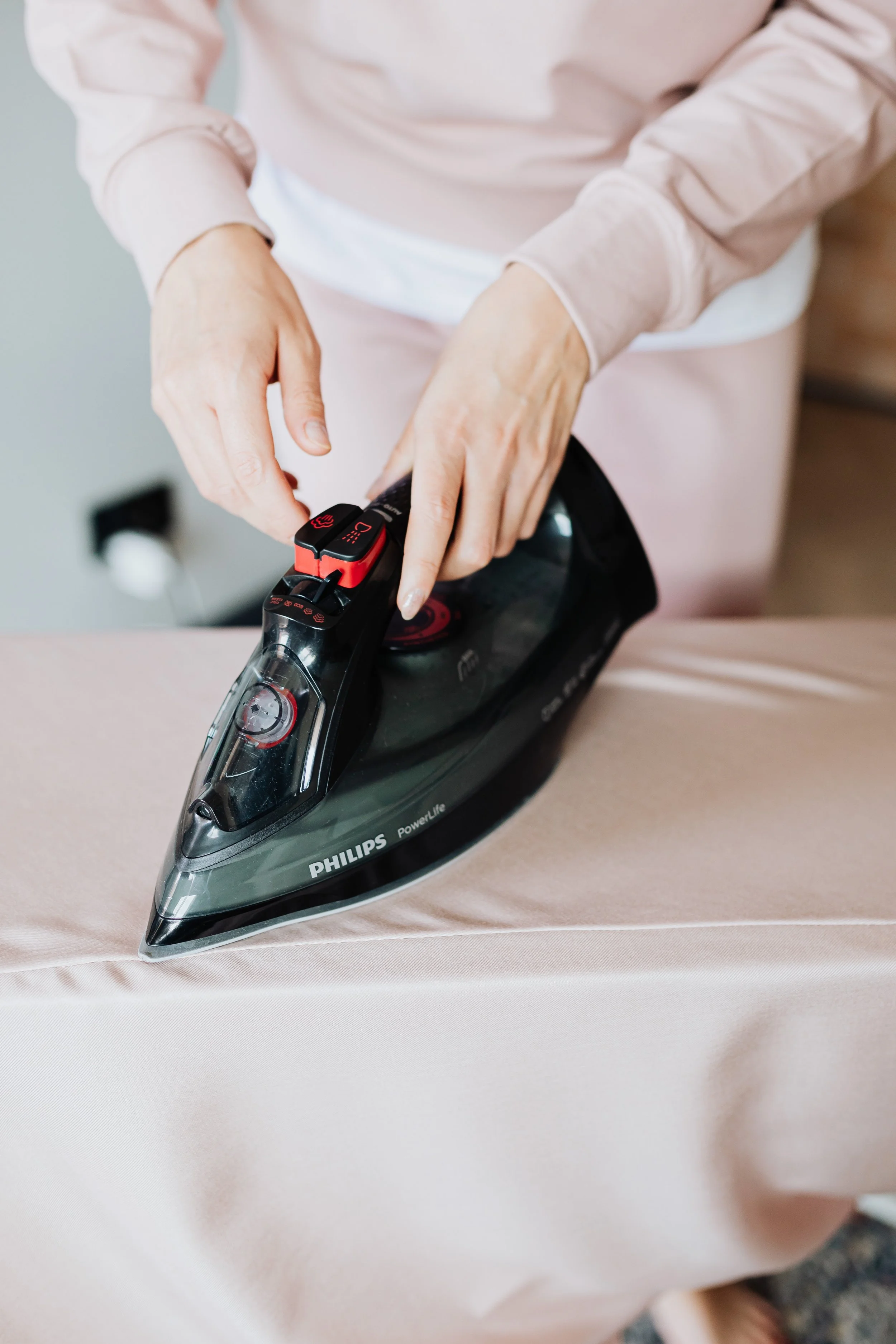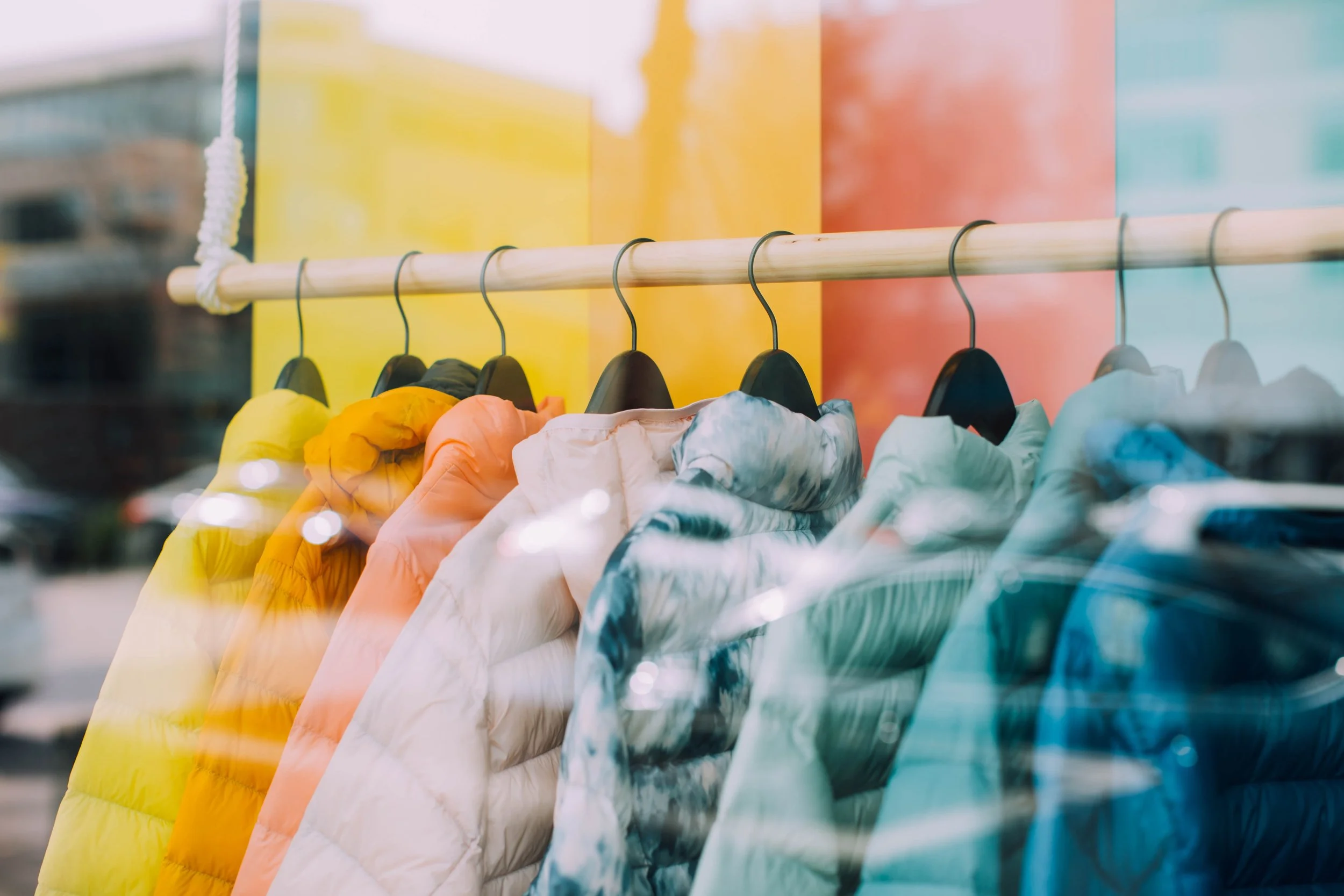Making Your Clothes Last Longer

Your guide to practicing sustainability by increasing the life of your clothes
Cover Photo by pina messina on Unsplash
In 2022, the necessity of sustainability in fashion is even more important as we hear more and more stories and data of just how damaging the current fashion landscape is for the environment. In some of our previous articles on fashion sustainability, we’ve talked about how to thrift quality second-hand pieces for sustainable fashion. In this article we’re going to delve into how to master the art of increasing the life of the clothes you already own by buying better and upkeeping clothing maintenance.
Buying Better
It’s no secret that fast fashion brands aren’t sustainable in the least . Clothes from fast fashion giants like H&M, Zara, and the worst one of all, Shein, have a lifespan of no more than 10 wears, after which these clothes end up in landfills. Nonetheless, it is hard to find stylish pieces of higher quality unless you really go looking - so how should you do it? Here are some ways to find better clothes:
Mindful Shopping
First of all, avoid fast fashion whenever possible! Fast fashion caters to social media fashion trends, which tend to have a short lifespan. Due to this, fast fashion clothes are not designed with consideration to longevity. Saving up to buy higher quality clothes is a great idea. Often, the more affordable price tag is unavoidable to reach for due to budget constraints, in which case it’s better to skip Shein, which is the worst fast fashion retailer. Opt instead to buy from H&M and Zara, which also provide a similar level of size-inclusion - but we recommend to do so only out of necessity.
That being said, due to the higher quality put into clothes from brands that practice sustainability, they are often unable to compete with the low price tags of fast fashion clothing items. Working towards investing in high quality pieces is a part of buying better. Conveniently, this also encourages you to buy only the clothes you really like, reducing the shopping haul mindset. Some Canadian brands to shop from instead include Frank and Oak, Tentree, Kotn and Londrè, among a ton of other brands.
Photo by Dan Gold on Unsplash
2. Thrifting
With consideration to the price tag of higher quality clothing, another way to buy better (and remain within budget) is to thrift. This includes buying from and donating to thrift stores. While thrifting, a good way to make sure your clothes will last long is to look out for certain indicators of the quality of the clothes. Some ways to gauge the quality include checking the brand, whether it's its stitching is wearing off, and if the fabric is thicker as thicker fabrics tend to last longer. Specific clothing items also have certain things you should look out for; work pants made from tencel fabric, which is a fabric made from wood pulp and a recyclable chemical solvent, are durable and comfortable due to the fabric’s softness, better ability to hold dye and lower wrinkelage. For dresses, looking for good lining is important as it ensures a better look by hiding raw seams and edges, as well as adds to the dress’ warmth and durability. Pilling, which occurs when fibers in the material get loose and ball up, is a major concern for sweaters and is more likely to occur in synthetic fabrics. It’s a great idea to check the fabric tags of the garments you are purchasing and research further into each type of fabric, its maintenance, durability, and its impact on the environment.
3. Being Selective About the Clothes You Buy
Another crucial factor in helping your clothes last longer is being selective about the clothes you purchase. Fast fashion, due to its cheap prices, often encourages shopping hauls that are highly detrimental to the environment. When looking into building better buying habits, avoiding hauls and trends means buying only the clothes you really love. Whether that’s thrifting or buying directly from a store, trying clothes on to see how they fit and checking whether they are comfortable is a great way to ensure you love the clothes you are buying. It’s okay to nitpick on even slight flaws in the clothes as you want to buy clothes you’ll wear forever, however it is often a good idea to know when a flaw can be easily fixed.
Upkeeping Clothing Maintenance
Clothing maintenance is a very important part of increasing your clothes’ longevity. It encompasses good laundry habits, repairing any damages, and an understanding of the fabric and the specific maintenance it requires. Repairing damages in clothing is a skill that can also elevate your thrifting as many items often need a little bit of damage repair to be of the highest quality again! Here’s how you can learn to maintain your clothes better:
Photo by Karolina Grabowska
Better Laundry Habits
Developing better laundry habits is not only good for your clothes but also for the environment. With advancements in laundry detergent and machines, cold water tends to work well for most clothes, and is also the most environmentally friendly option . It also impacts clothes less and makes them last longer, while hot water tends to make colors fade. Shorter cycle lengths also increases the lifespan of the clothes as lesser time in the water correlates with lesser dyes and microfibers being released by the clothes. When selecting the cycle speed, opt for slower options to reduce wrinkling and faster speeds for bulkier options. In addition, putting your dryer heat on low is a great choice to increase your clothes’ lifespan. Looking into additional laundry methods such as hand washing and laundry machine maintenance are important to give your clothes the healthy and colorful life they deserve. Laundry ties in closely with the other requirements of certain garments and fabrics.
2. Garment Care Instructions and Requirements
Specific clothing items and fabrics have certain requirements to consider in their maintenance. Undergarments, for instance, are better being hanged to dry after being hand washed or put into a lingerie bag for washing on a gentle cycle to prevent damage to their elastic bands. Cotton and linen are both prone to shrinking - they should be washed in cold water and generally fare better when air dried. Rayon and viscose should only be dry cleaned, while polyester can be washed and then dried on low or medium heat. Following the items’ laundry requirements is the first step to catering to the needs of each fabric.
Photo by Kelly Sikkema on Unsplash
3. Repair and Damage Care
Repair is very important when trying to make your clothes last longer. Accidents, such as wine spills, happen but knowing how to deal with them can be the difference between not being able to wear your favorite shirt again and having it remain a staple for a long time! Hydrogen peroxide is a great hack for blood stain removal, while sweat stains on white clothes should be removed using oxygenated bleach. Wine Away is great for removing stains caused by red wines. For holes in clothes and similar structural damages, learning how to sew to repair your clothes is a great skill to have. Learning how to sew also opens up the possibility of upgrading your clothes by yourself. From replacing buttons to improving how it fits, this is a crucial skill to maintain the lifespan of your clothes as well as be better at thrifting!
While keeping in mind all these little tricks, let’s work in harmony with nature to be our most fashionable selves. Let’s choose timeless over trendy. Let’s focus on repairing the damages fast fashion causes whenever possible, instead of worsening it. Increasing the longevity of the clothes we wear, be it fast fashion or sustainable brands, is a starting point from which we have a long way to go. Let’s choose sustainability!
I’m Nandini, a 3rd year student at UBC Vancouver pursuing Psychology. I’m originally from India, where fashion rules can be very strict. My personal fashion style stems largely from breaking these fashion rules and often dressing crazy – usually seen in my makeup! Over the past few years my fashion choices have seen vast changes, due to not only the my move across the world, but also my realization of the importance of greater sustainability in fashion. In addition to an avid interest in fashion, I am also interested in graphic design and filmmaking.







